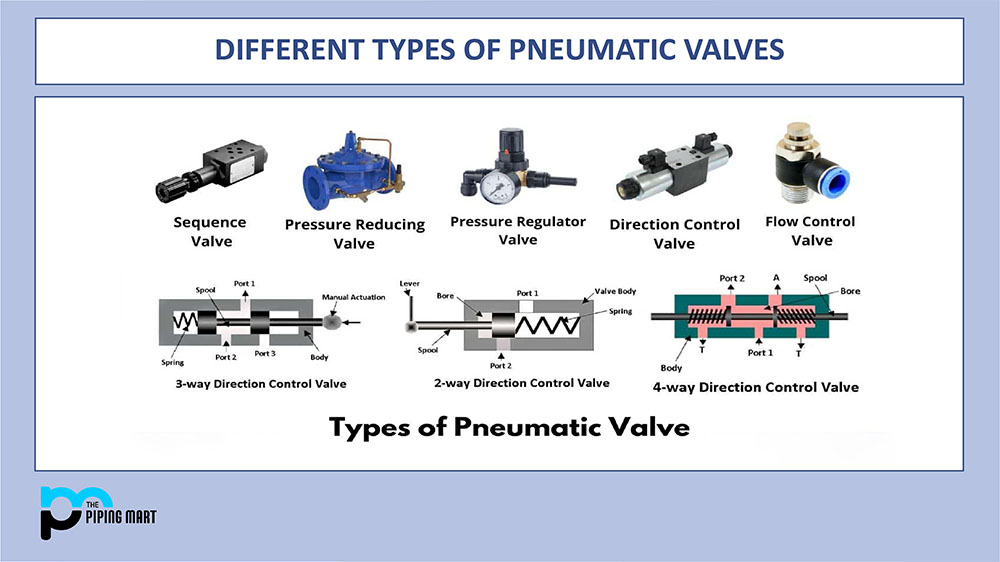If you’re a machine operator or an engineering enthusiast, you may have heard the term “bushing” mentioned before. Bushings are small mechanical components with significant functions in various applications. They reduce vibrations, noise, and wear and tear in machines. This blog post will explore the different types of bushings, their properties, their practical uses, and applications.
What is Bushings?
Bushings are mechanical components that provide a shock-absorbing and vibration dampening connection between two parts. They can be made of various materials, such as rubber, plastics, metal composites or nylon. Their purpose is to reduce noise and wear by providing an isolating layer between the two parts they connect. Bushings improve system performance by improving load distribution, reducing dynamic deflections, and allowing room for thermal expansion.
Bushings Properties:
The choice of bushing material depends on the application requirements. The most commonly used materials for bushings are bronze, nylon, plastic, graphite, and self-lubricating PTFE. Bronze bushings are durable and resistant to abrasion, making them suitable for high-load applications. Nylon and plastic bushings have excellent shock-absorbing properties and are ideal for low-load applications. Graphite bushings are self-lubricating, making them ideal for high-speed applications. Finally, PTFE bushings are self-lubricating and resistant to chemicals and weathering.
Bushings Uses:
Bushings have many practical applications in various industries, from aerospace and automotive to construction and manufacturing. They are used in electric motors, pumps, fans, transmissions, agricultural equipment, HVAC systems, etc. For instance, automotive suspension systems often use bushings to reduce vibrations, absorb shocks, and maintain wheel alignment. In the construction industry, bushings are used in excavators and cranes to distribute the load and prevent metal-to-metal contact.
Bushings Applications:
Besides the above practical uses, bushings are also used in specialized applications. For instance, insulated bushings are used in high-voltage applications to prevent arc flashing and electrically isolate components. In marine applications, bushings are used in the propeller shaft to avoid corrosion. In food and pharmaceutical applications, bushings are used in conveyor systems to avoid contamination.
How to Use Bushings:
To use bushings effectively, selecting the right material and size is essential. Installing the bushing properly is essential, ensuring that it fits snugly between the two moving parts. It is crucial to ensure that the bushing is not overloaded or exposed to excessive wear and tear, which can result in damage. Proper lubrication also helps extend the bushing’s life and improve its performance.
Conclusion:
In conclusion, bushings are essential mechanical components that benefit various applications. They are designed to reduce vibrations, noise, and wear and tear in machines, and they help improve overall machine performance. The choice of bushing material depends on the application requirements, and proper installation and maintenance are crucial for their effective use. Hopefully, this blog post has provided useful insights into bushings’ properties, uses, and applications.
Sakshee is a talented blogger, with a particular focus on the Business and Metal Industry. She is passionate about sharing her insights on various metal products and helping professionals to make a better decisions.




